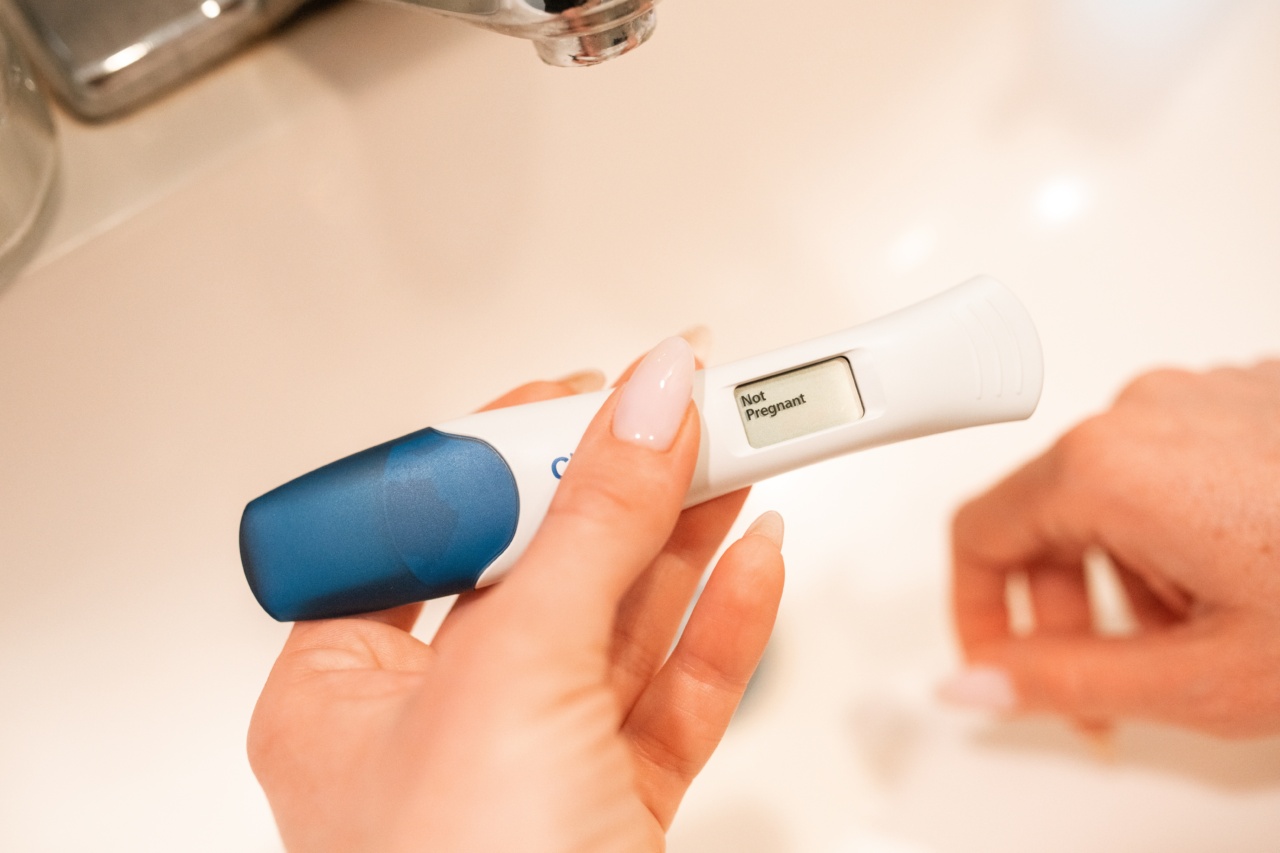Blood pressure is an important indicator of cardiovascular health, and understanding its different components, systolic and diastolic blood pressure, is crucial for identifying potential health conditions.
In this article, we will explore the concepts of systolic and diastolic blood pressure, their measurement, and their relevance to various health conditions.
What is Blood Pressure?
Blood pressure refers to the force exerted by circulating blood against the walls of blood vessels. It is measured in millimeters of mercury (mmHg) and typically expressed as two numbers: systolic over diastolic pressure.
The systolic pressure represents the force exerted on the arterial walls when the heart contracts, while the diastolic pressure represents the force when the heart is at rest between beats.
Understanding Systolic Blood Pressure
Systolic blood pressure, the higher of the two numbers in a blood pressure reading, is a critical measure of cardiovascular function. It indicates the pressure within the arteries when the heart is actively pumping blood to the rest of the body.
Systolic blood pressure tends to increase with age due to factors such as arterial stiffness and decreased elasticity. High systolic blood pressure can be an indicator of hypertension, a risk factor for various cardiovascular diseases.
Understanding Diastolic Blood Pressure
Diastolic blood pressure is the lower number in a blood pressure reading and represents the pressure in the arteries when the heart is at rest between beats.
It is an essential measure of the heart’s ability to relax and fill with blood, indicating the overall health and function of the cardiovascular system. High diastolic blood pressure is often associated with increased peripheral resistance in the blood vessels and can be indicative of conditions like atherosclerosis and kidney disease.
Blood Pressure Measurement
Blood pressure is commonly measured using a device called a sphygmomanometer. The cuff of the sphygmomanometer is wrapped around the upper arm, and the pressure is gradually released to allow blood flow through the brachial artery.
As the pressure decreases, a healthcare professional or an automated device listens for the appearance (systolic pressure) and disappearance (diastolic pressure) of the Korotkoff sounds, which are the sounds produced by the blood flow.
Relevance to Health Conditions
Both systolic and diastolic blood pressure play a crucial role in assessing an individual’s risk for various health conditions. Hypertension, commonly known as high blood pressure, often refers to high systolic and/or diastolic pressure.
It is a significant risk factor for cardiovascular diseases such as heart attack, stroke, and heart failure. Hypotension, on the other hand, relates to low blood pressure and can lead to symptoms like dizziness, fainting, and fatigue.
Both high and low blood pressure conditions require medical attention and lifestyle modifications to manage and mitigate associated risks.
Hypertension
Hypertension is a widespread health condition characterized by persistently elevated blood pressure levels. It is often referred to as the “silent killer” as it typically remains symptomless until complications arise.
Hypertension can be classified into two types: primary (essential) hypertension and secondary hypertension. Primary hypertension is the most common type and is believed to result from a combination of genetic and lifestyle factors.
Secondary hypertension, on the other hand, is caused by an underlying medical condition such as kidney disease, hormonal disorders, or medication side effects. Both systolic and diastolic blood pressure measurements are crucial in diagnosing and managing hypertension.
Hypotension
Hypotension, or low blood pressure, is a condition characterized by blood pressure levels that are lower than the normal range.
It can cause inadequate blood flow to the organs and tissues, leading to symptoms such as lightheadedness, dizziness, and fainting. Chronic hypotension may be an indication of an underlying health condition, such as dehydration, endocrine disorders, or heart problems.
Diagnosing the cause of hypotension relies on evaluating both systolic and diastolic blood pressure measurements along with other clinical findings.
Cardiovascular Diseases and Blood Pressure
Cardiovascular diseases, including coronary artery disease, heart attack, and stroke, are the leading causes of morbidity and mortality worldwide.
Elevated blood pressure, especially high systolic blood pressure, is a significant risk factor for these conditions. The increased pressure on arterial walls can lead to the formation of plaques, reduced blood flow to vital organs, and an increased workload on the heart.
Managing and controlling blood pressure through lifestyle modifications, medication, and regular monitoring play a crucial role in preventing or managing these cardiovascular diseases.
Kidney Disease and Blood Pressure
The kidneys play an essential role in regulating blood pressure by controlling the fluid balance and hormone production.
Chronic kidney disease (CKD) can lead to high blood pressure, and in turn, high blood pressure can accelerate the progression of kidney disease. Hypertension is a common complication of CKD and can further damage the kidneys, creating a vicious cycle. Regular monitoring of both systolic and diastolic blood pressure is essential in managing kidney disease and preventing further complications.
Conclusion
Systolic and diastolic blood pressure measurements are crucial in assessing an individual’s cardiovascular health and identifying potential health conditions.
Understanding the significance of both components, along with a comprehensive understanding of blood pressure-related diseases, plays a vital role in prevention, diagnosis, and management of various health conditions. Regular blood pressure monitoring, healthy lifestyle choices, and timely medical intervention are key to maintaining optimal blood pressure levels and overall well-being.






























